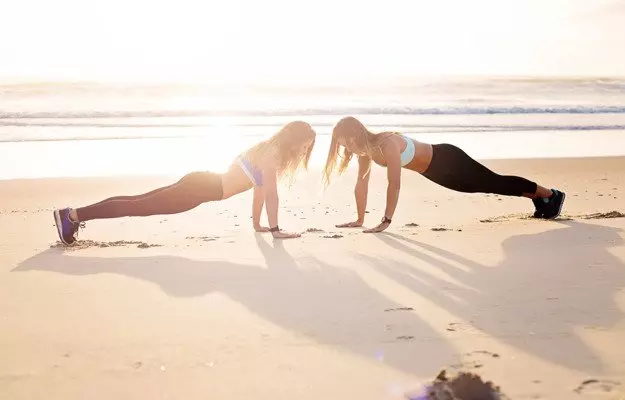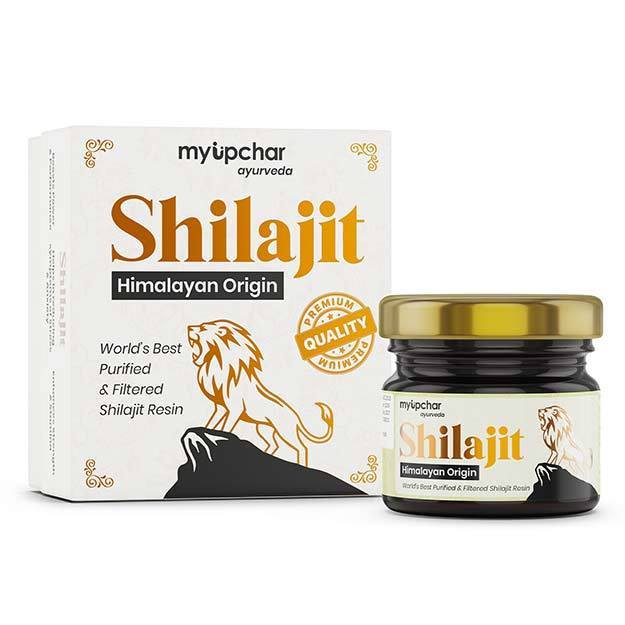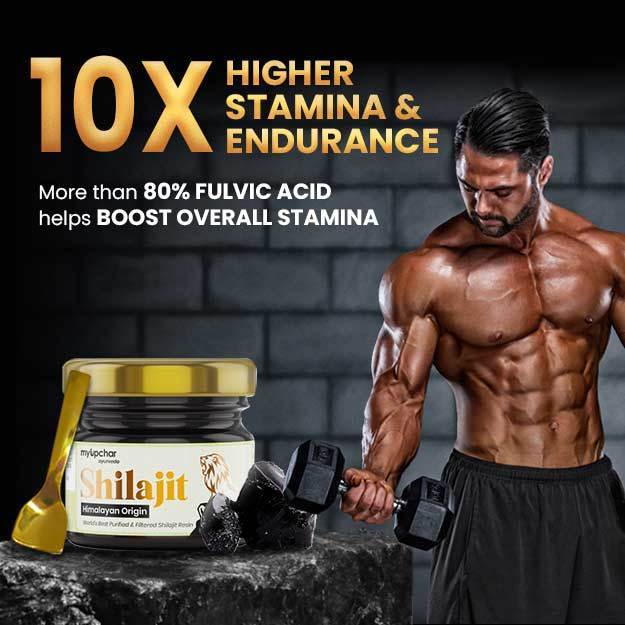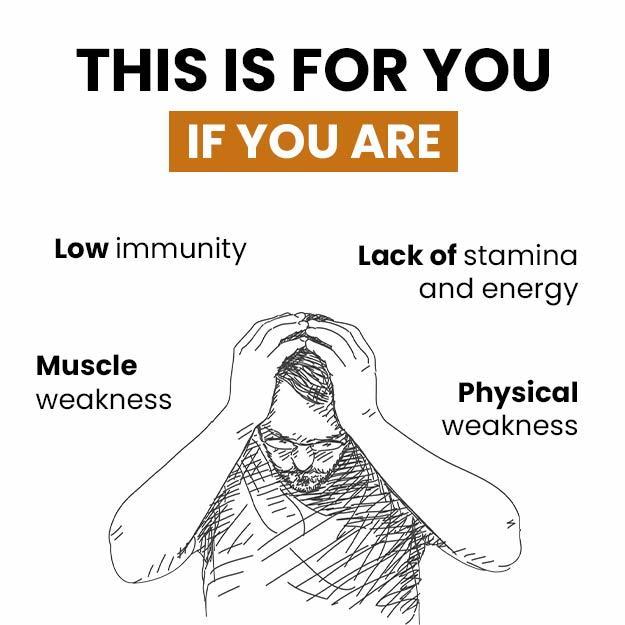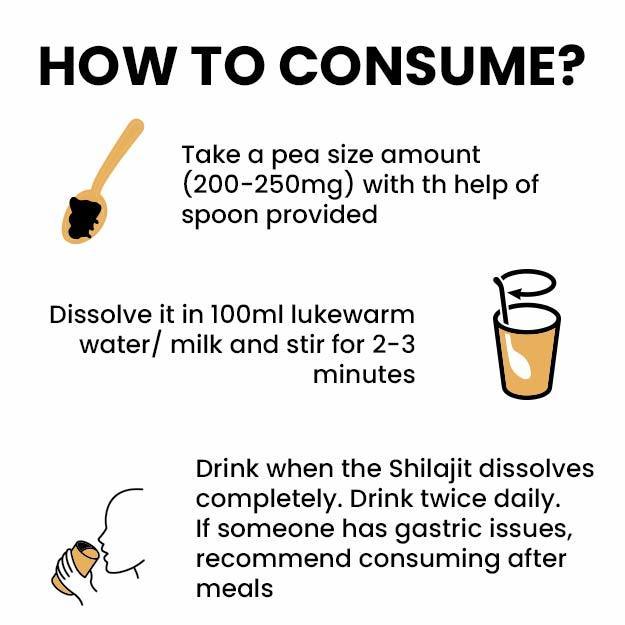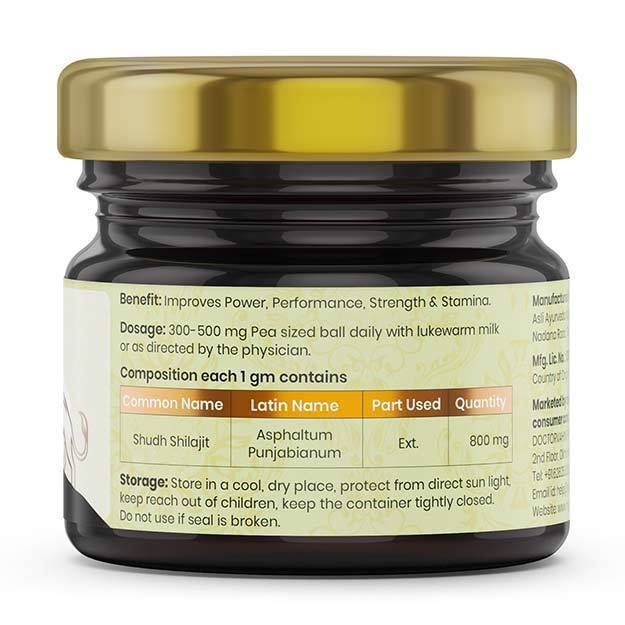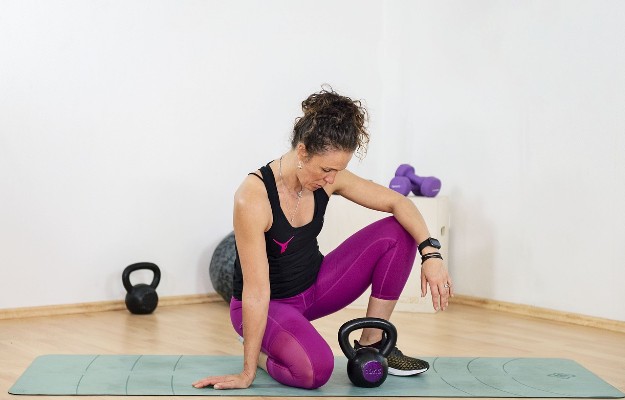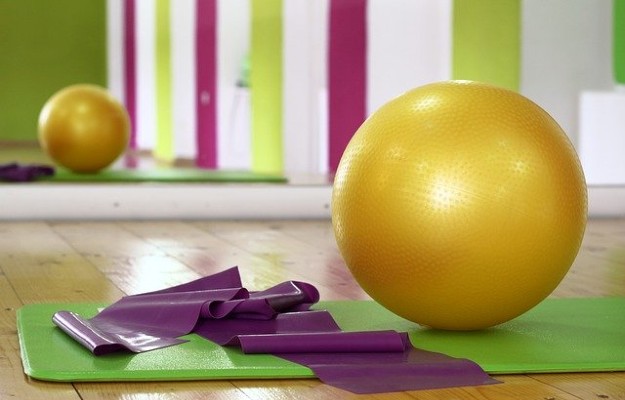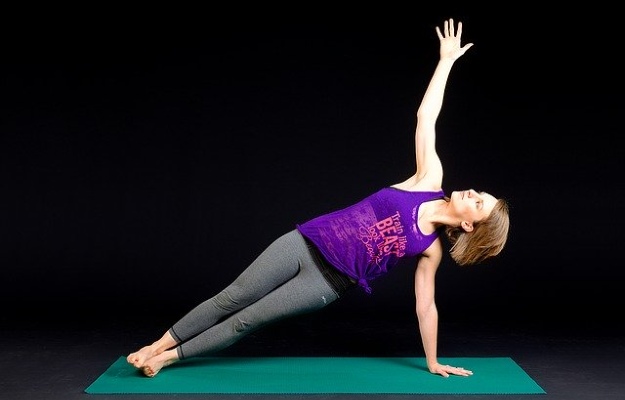Who knew staying still while exercising could be a parameter for fitness? Since strengthening the core became the latest fad for the world of fitness, lying down on your elbows has become the go-to exercise, replacing sit-ups and crunches. And yet, holding your body still against the forces of gravity is more challenging than you would imagine.
Lying down like a flat piece of wood has now become all the rage, becoming the benchmark for bodyweight exercises. Doing hundreds of push-ups in one go is no longer a testament to one’s strength; holding a plank for minutes on end is the gold standard now.
Although the inventor of Pilates, Joseph Pilates is also credited with inventing the plank exercise, many of its variations predate it as it is commonly used in a variety of workouts and has been for a long time.
Because of its popularity in gyms, sports, crossfit, callisthenics as well as yoga, although through different variations, the plank is widely accepted as an effective exercise to strengthen the core by holding your own body weight against gravity.

